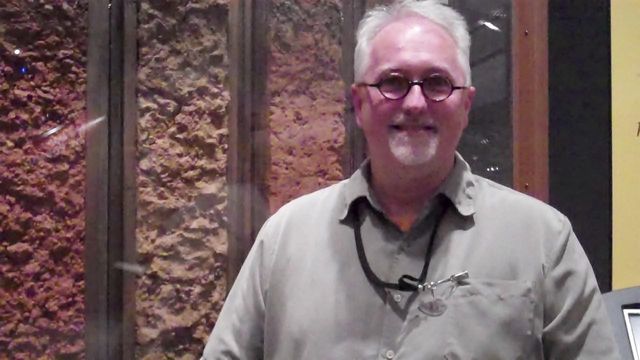Destination: Dig It! at the N.C. Museum of Natural Sciences
Kids will be familiar with the topic of a new exhibit at the N.C. Museum of Natural Sciences: Dirt!
Posted — UpdatedMy kids have spent plenty of time in the dirt - digging in it, sliding into it, planting in it, dumping it and picking it back up again.
Everything we need to eat, have shelter and stay clothed relies on soil, said Albert Ervin, coordinator of special exhibit and 3D movies at the museum.
"It is vital to our survival and the health of our planet, but people never think about it," he said.
"Soils breathe. Soils are living. Soils are critical to everything," Ervin said. "It's a big deal."
The exhibit highlights how soil is responsible for much of what we need to live - food, fibers, construction materials, clean water, medicine and climate regulation. In fact, the United Nations General Assembly named this year the International Year of Soils to raise awareness of its impact on our lives.
The exhibit is heavy on displays with written information. It was developed by the Smithsonian's National Museum of Natural History and curated by some of the country's leading soil scientists, including some at N.C. State University.
But, as you might expect from an exhibit at the downtown Raleigh museum, there are plenty of hands-on and interactive displays to tell the story of soil. I got a peek with my kids Thursday afternoon before it opened.
Kids can watch a video, for instance, to learn more about what soil is made of. They can spin a piece that shows the difference between soils composed of sand, silt or clay to see how water flows through. A wall of soils, featuring soil monoliths from all 50 states and U.S. territories, shows the vast differences between what you might find when you dig underground. At the soil emission inspection station, with a press of a button, visitors can find out which type of soil emits more carbon dioxide - a sample from a tropical forest or the savannah.
And there are the Raleigh museum's own addition to the exhibit, including a display on research into dandelions; information about the different soil types in North Carolina and the crops that thrive in them; and a look at the art and science of pottery in North Carolina.
The museum also has created its own classroom where kids can learn more about soil through games, a puzzle, books, online activities and, what I'm most excited about, an interactive, augmented reality sandbox.
Here, visitors can push around kinetic sand - that moldable stuff that you see in toy stores - in a small sandbox. As they move the sand around, an XBox Kinect will measure the height of the sand and project different colors onto it based on the sand's elevation. Museum staff saw a similar piece at Morehead Planetarium last year. My kids and I remember Morehead's piece well and we are very excited to see the museum's sandbox in action the next time we go. It wasn't ready yet when I was there on Thursday.
Thanks to support from BASF, the Soil Science Society of America and other donors, entry to the exhibit is free (just like it is to the rest of the museum), but donations are welcomed.
Dig It! is open 10 a.m. to 5 p.m. (with a last entry at 4 p.m.) from Monday through Saturday and noon to 5 p.m. (with last entry at 4 p.m.) on Sunday. It's open from 10 a.m. to 8 p.m. (with last entry at 7 p.m.) on the first Friday of each month.
Related Topics
• Credits
Copyright 2024 by Capitol Broadcasting Company. All rights reserved. This material may not be published, broadcast, rewritten or redistributed.






